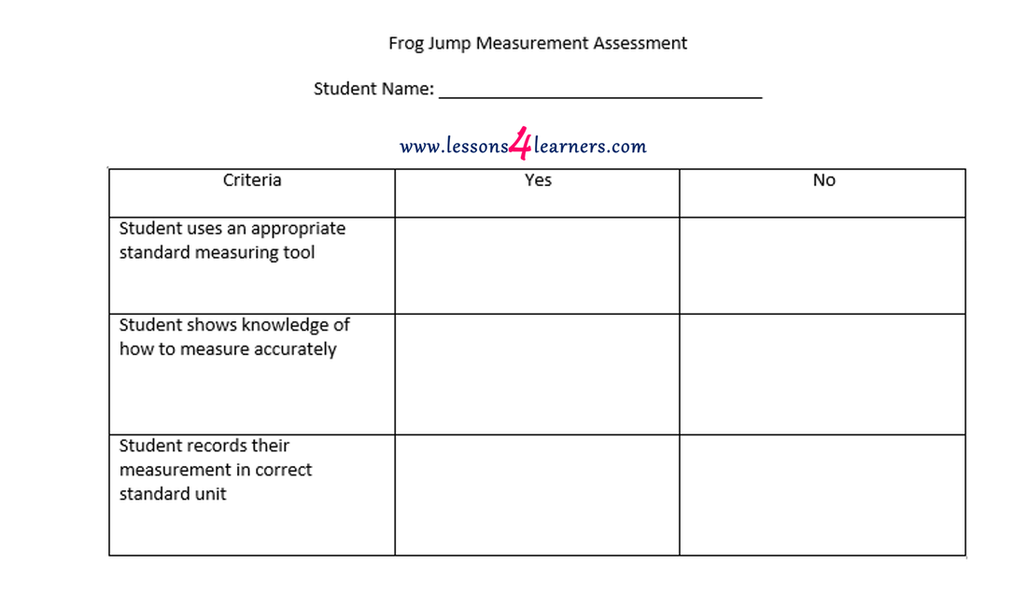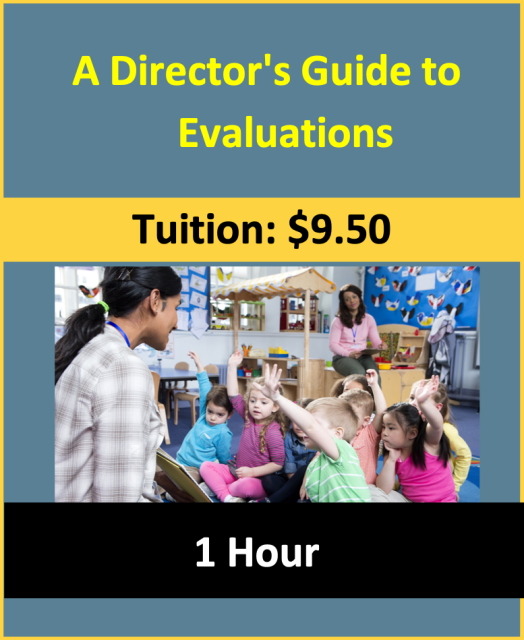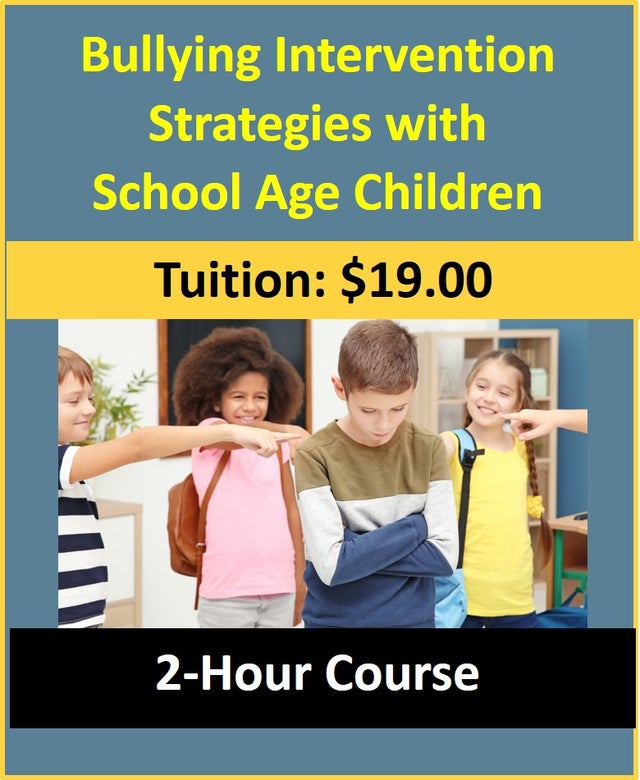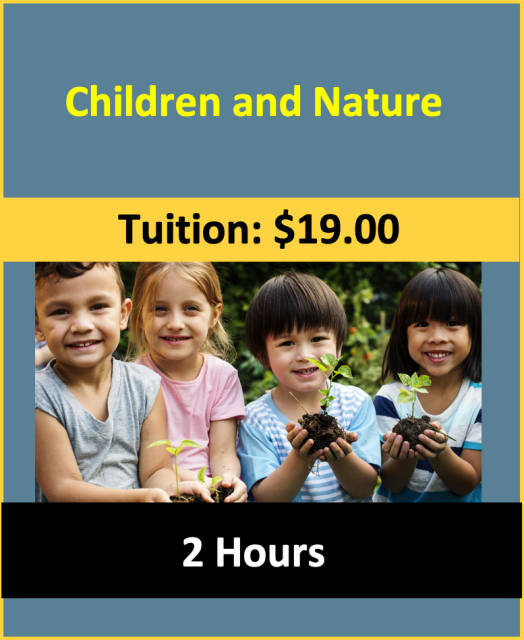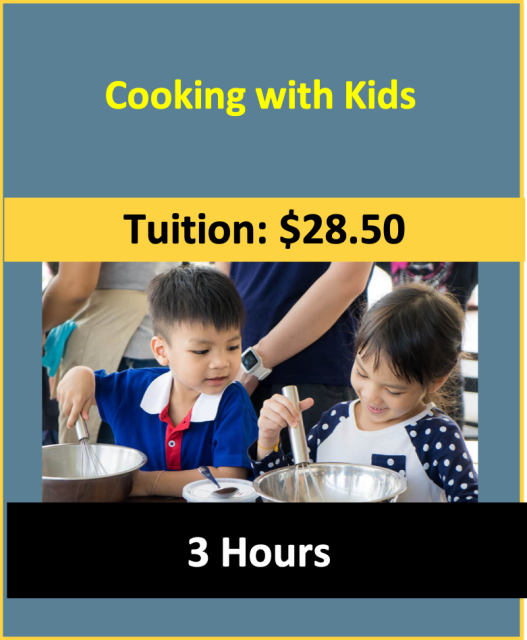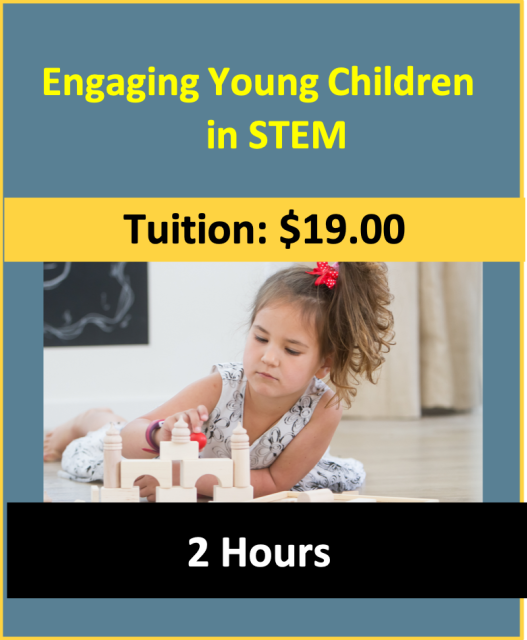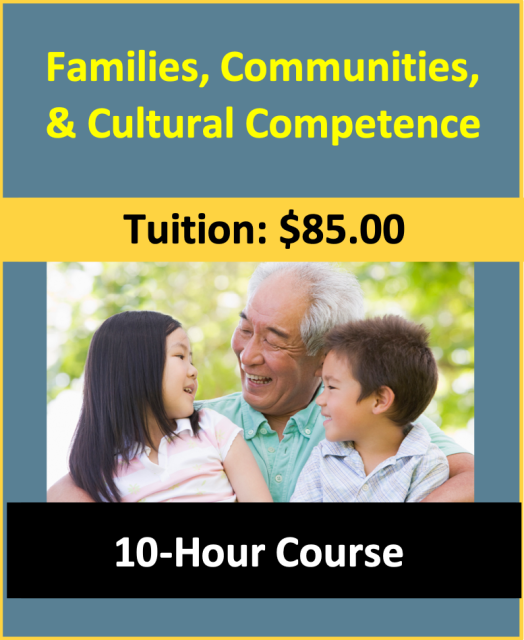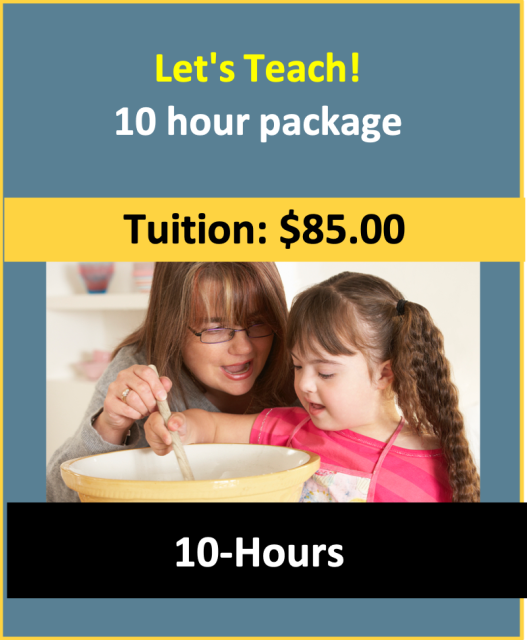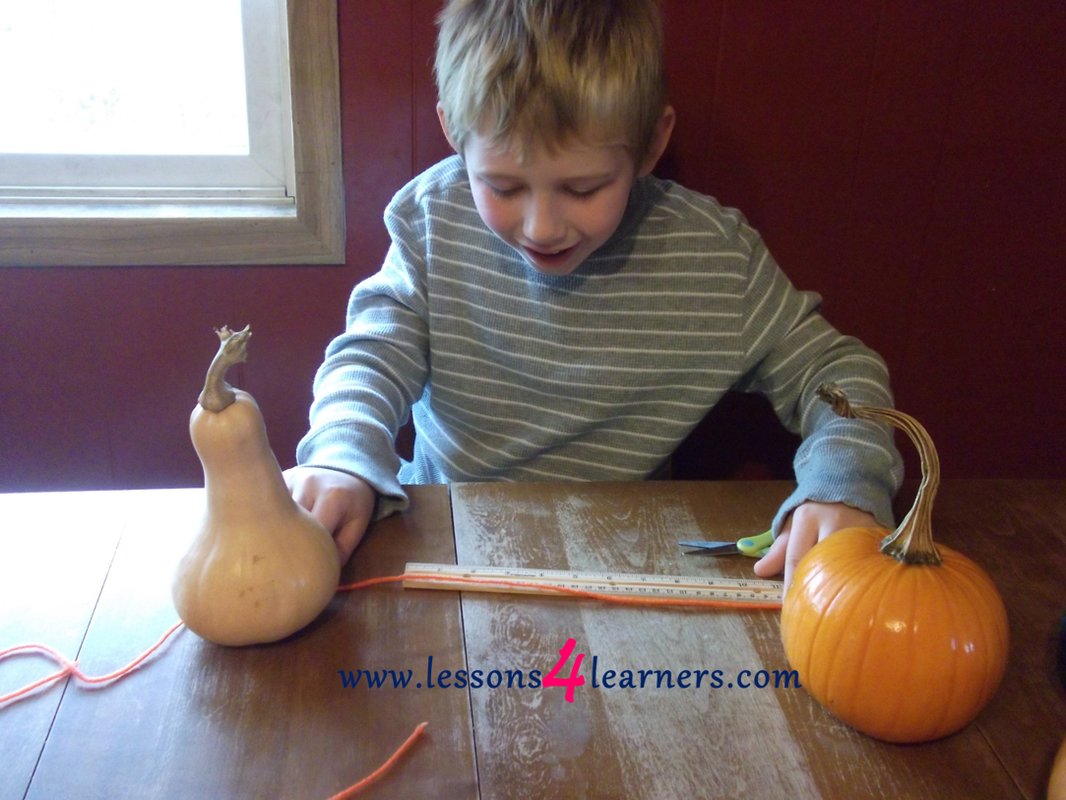Frog Jump Measurement
Lesson Plan:
Activity:
Frog Jump Measurement
Lesson plan developed by Ms. Erika Geelhoed, BA Ed
Age Group:
* Lesson plan objective and assessment can be adapted to use this activity with preschoolers.
Objectives:
Children will
- explore an appropriate tool to measure the length of a jump in standard units.
2.MD
- Measure and estimate lengths in standard units
o Measure the length of an object by selecting and using appropriate tools such as rulers, yardsticks, meter sticks, and measuring tapes.
Materials:
- measuring tools (ruler, yardstick, measuring tape, etc.)
- colored tape
- pencil
- paper
Procedure:
- Before beginning the activity, refresh students on how to accurately measure (make sure the measuring instrument is lined up correctly at the beginning of what you are trying to measure, make sure the instrument is straight when you are measuring, etc.).
- Have children select a partner.
- The partner that is jumping first will stand behind a line and jump as far as they can.
- When they land, their partner will mark their spot with tape on the floor.
- The child that did the jumping will measure their own jump using a measuring tool of their choice.
- Have them record their jump on a piece of paper.
- The other child can then give it a try.
Assessment:
While children are doing the activity, assess them using the provided checklist.
Print Frog Jump Measurement Assessment
Print Frog Jump Measurement Assessment
Click on the course icon for enrollment information.
Make math fun for school-age kids
by relating it to their lives.
|
6. There are 10 stickers in Kathy's sticker collection. If the stickers are organized into 5 groups, how big is each group?"
7. Children like doing math, so early childhood is a great time for children to become interested in counting, sorting, geometry, patterning, measuring, and estimating. By talking to children about how they are playing or what they are doing, you will help them become aware of math and build a mathematical vocabulary. For example, you might say that you notice each side of the child's building is the mirror image of the other. Let her know that there is a word that describes that kind of building — symmetrical. Similarly, if two children each claim their building is the largest, you might discuss how one is taller or wider or contains more blocks. If the child wants to measure how wide each building is, offer a string or ruler.
7. Children like doing math, so early childhood is a great time for children to become interested in counting, sorting, geometry, patterning, measuring, and estimating. By talking to children about how they are playing or what they are doing, you will help them become aware of math and build a mathematical vocabulary. For example, you might say that you notice each side of the child's building is the mirror image of the other. Let her know that there is a word that describes that kind of building — symmetrical. Similarly, if two children each claim their building is the largest, you might discuss how one is taller or wider or contains more blocks. If the child wants to measure how wide each building is, offer a string or ruler.
